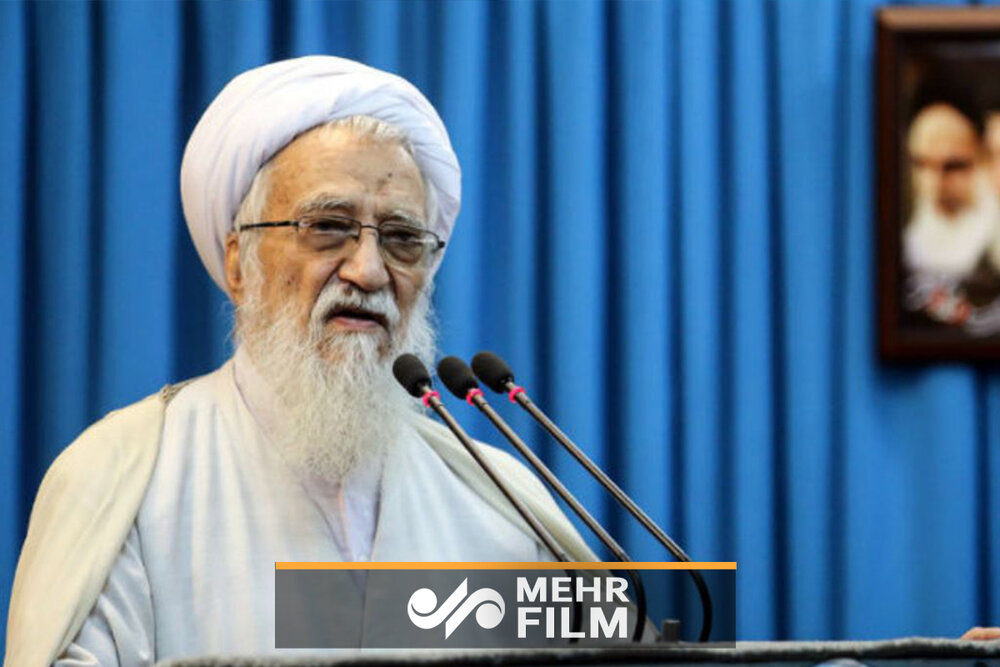Khorramshahr liberation is an example to follow: cleric

TEHRAN – An interim Tehran Friday preacher has said that the liberation of Khorramshahr in 1982 from Saddam Hussein forces is an example to follow.
The remarks by Ayatollah Mohammad Ali Movahedi Kermani comes as the United States has launched an unprecedented economic pressure against Iran and is making repeated threats of war against Iran.
“The operation [to liberate Khorramshahr] baffled military experts, forced America to admit that Iran’s military machine had been astonishing,” Ayatollah Movahedi Kermani said as Iran is celebrating the liberation of Khorramshahr from the Iraqi occupation in May 1982.
“The third of Khordad (May 24) epic is an example and when a nation believes in what it has, it will succeed in all fields,” the cleric remarked.
Iran liberated the southwestern city in a landmark operation code-named Beit Ol-Moqaddas on May 24, 1982, putting an end to over 500 days of the Iraqi occupation.
Iran launched the operation in April 1982 and liberated the city on May 24 of the same year. In retaking the city, the Iranian forces took some 19,000 Iraqi troops as hostages.
Some 6,000 Iraqi forces were also killed and thousands of others injured during the operation.
The Iraqi army invaded Iran on September 22, 1980, setting the stage for an eight years of war. With a support by certain Arab and Western countries, Iraqi dictator Saddam Hussein ordered attack on Iran nearly 19 months after the Islamic Revolution.
The war drew to a close in August 1988. The United Nations declared Saddam as the initiator of the conflict.
During eight years of the war, the U.S. provided satellite images of the position of the Iranian forces to Iraq. In addition, Arab countries gave about 100 billion dollars to the Saddam regime. Forces from Egypt and Sudan also fought alongside the Saddam Army against Iran.
Shockingly, certain Western European countries provided materials for manufacturing of chemical weapons to the Saddam regime which it used against the Iranian military and civilians as well as the Iraqi Kurds.
SP/PA

Leave a Comment